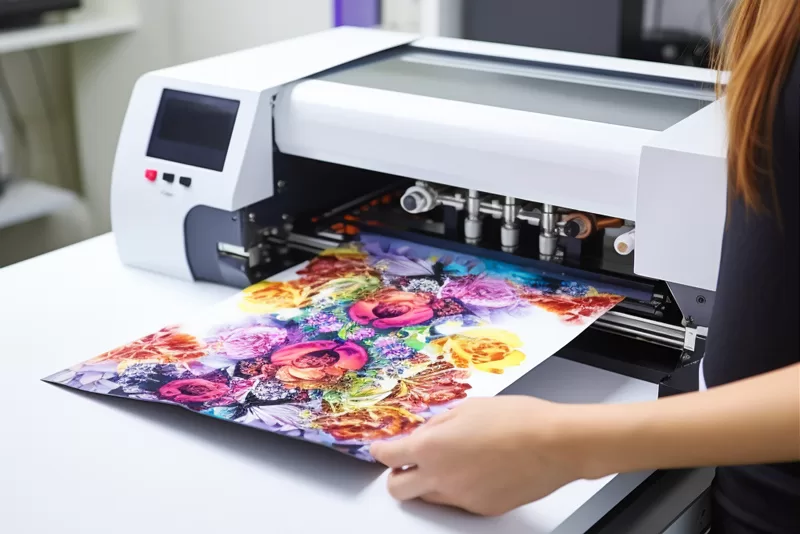Inkjet heat transfer paper is a kind of transfer paper that can print patterns with inkjet printers, and then transfer the patterns to textiles with heat and pressure. The technology opens up new possibilities for textile printing, leading to continuous innovative applied research. Let’s discuss some of the innovative applications of inkjet sublimation paper being researched in the field of textile printing.

1. Smart Textiles: Researchers are exploring the integration of inkjet thermal transfer paper with smart textiles. Smart textiles are fabrics embedded with electronic components. By printing conductive inks on sublimation paper, it is possible to create custom circuits, sensors and other electronic components on textiles. This could facilitate the development of wearable technology, interactive fabrics and smart clothing.
2. Textile sensors: Inkjet thermal transfer paper can be used to print sensors on textiles to create smart clothing and textiles with sensing functions. These sensors can monitor various parameters such as temperature, pressure or humidity levels, opening up applications in healthcare, sports performance and environmental monitoring.
3. Textile electronics: Researchers are exploring the use of inkjet thermal transfer paper to print electronic components directly onto textiles. This includes printing conductive threads, resistors, capacitors and even integrated circuits on fabric. The integration of electronics and textiles can enable the development of functional and interactive textiles for communication, energy harvesting, and data tracking.
4. Customized fashion designs: Inkjet heat transfer paper enables designers to create highly customized and unique fashion designs. With the help of this technology, designers can print their own patterns, graphics and artwork on textiles, thus creating personalized and unique garments. This customization capability opens up new avenues for small fashion productions, custom orders and niche markets.
5. Textile prototyping: Inkjet heat transfer paper provides a cost-effective method for prototyping textile designs. Designers can quickly print and transfer to fabric to test different patterns, color combinations and design variations before going into mass production. This speeds up the design iteration process and reduces costs associated with traditional prototyping methods.
6. Sustainable printing: In order to meet the growing demand for sustainable practices in the textile industry, researchers are exploring environmentally friendly options for inkjet heat transfer paper. This includes the development of water and eco-solvent inks that are more environmentally friendly than traditional solvent inks. Additionally, advances in ink formulations aim to improve the recyclability and biodegradability of printed textiles.
7. On-demand production: Inkjet thermal transfer paper can realize on-demand production of textiles, which is especially beneficial for small-scale or customized orders. The technology eliminates the need for mass production and excess inventory, enabling more efficient and sustainable production practices.

In summary, ongoing research in the field of inkjet sublimation papers is contributing to innovations in textile printing. The technology offers exciting possibilities for the textile industry, from smart textiles and textile electronics to custom fashion designs and sustainable printing. With the continuous advancement of technology, we are expected to see the further integration of inkjet heat transfer paper in various applications, resulting in more personalized, functional and sustainable textile products.
